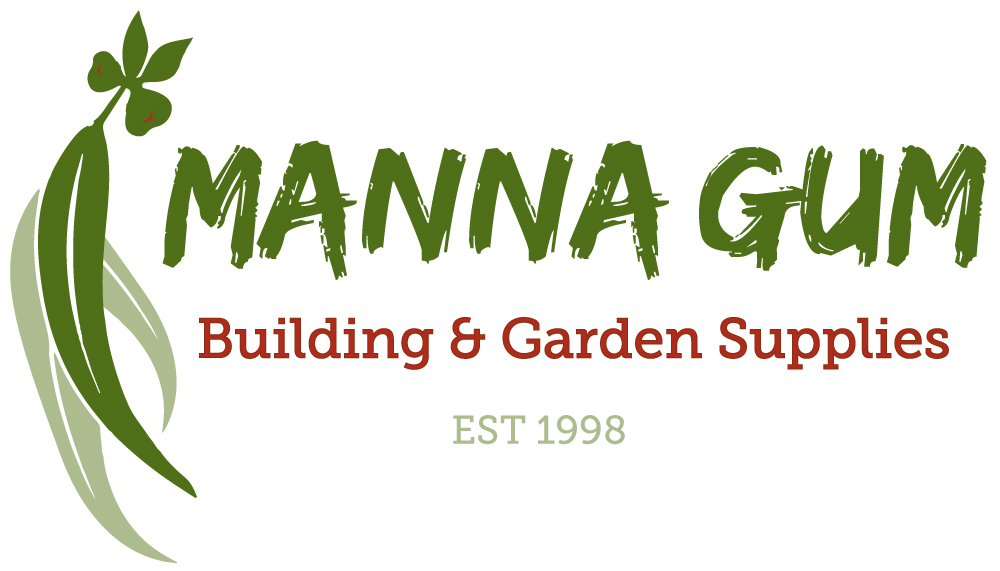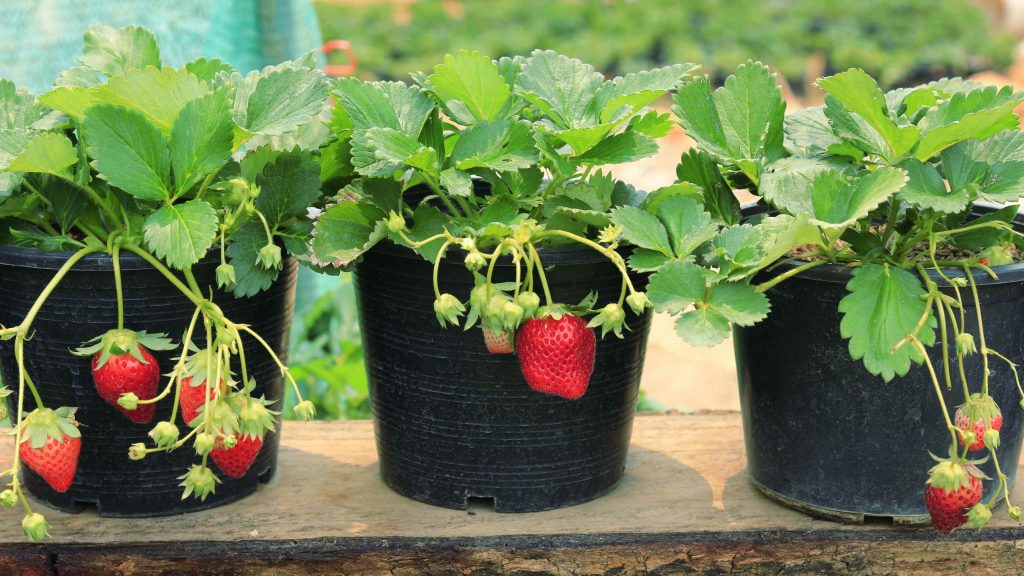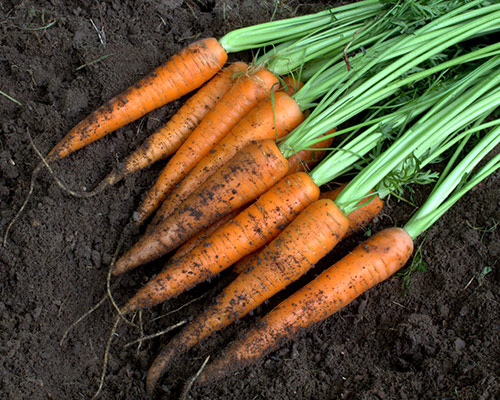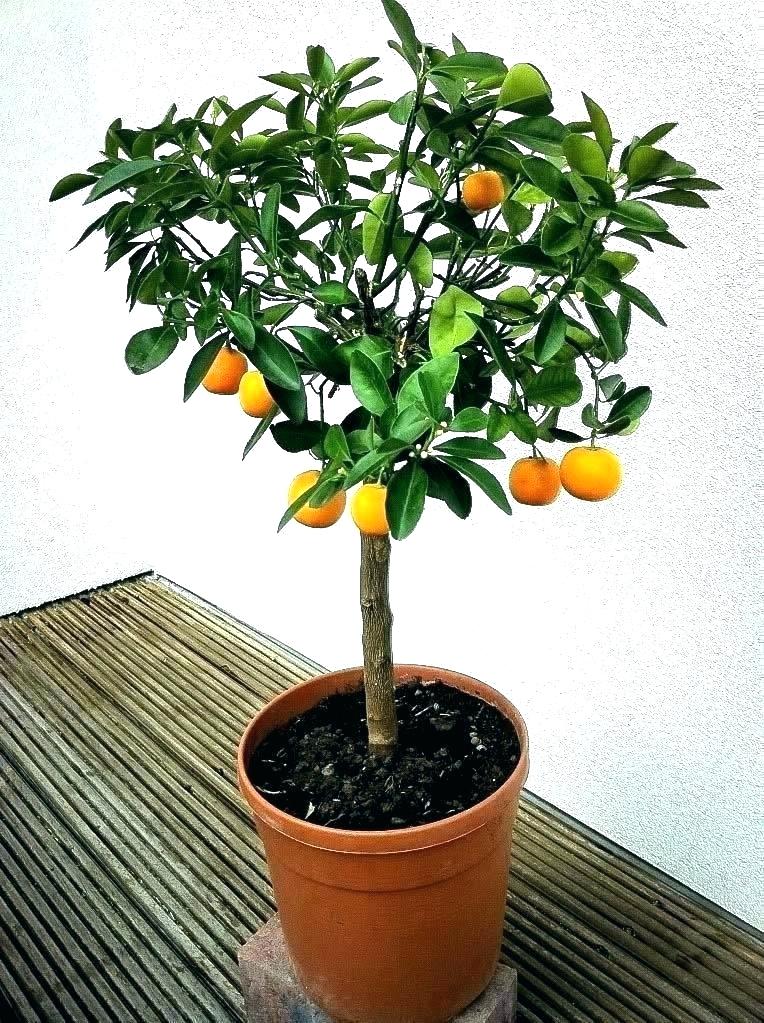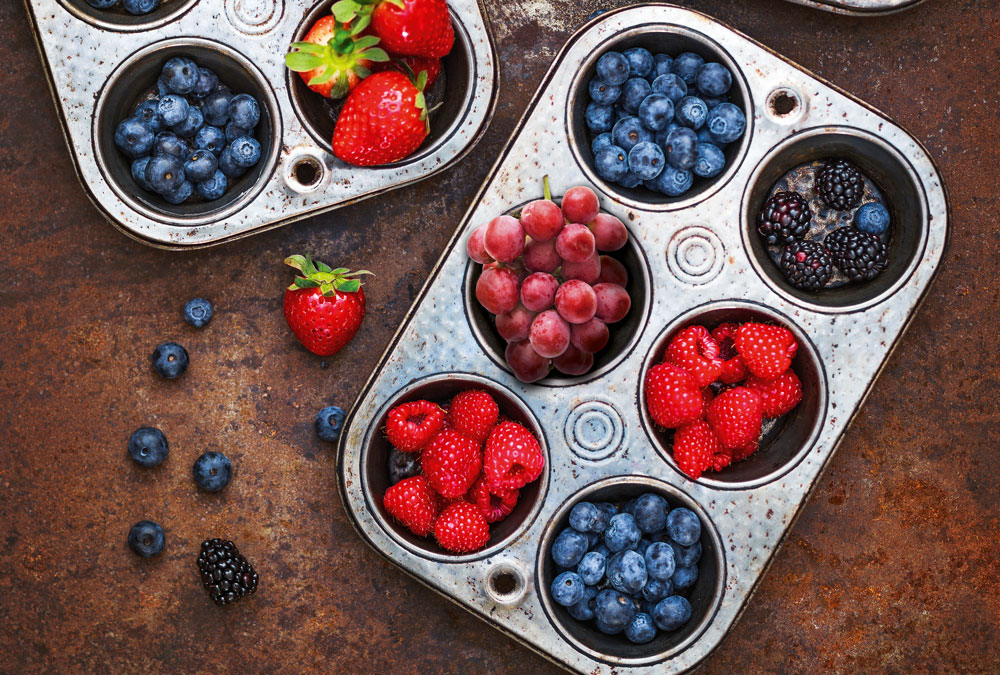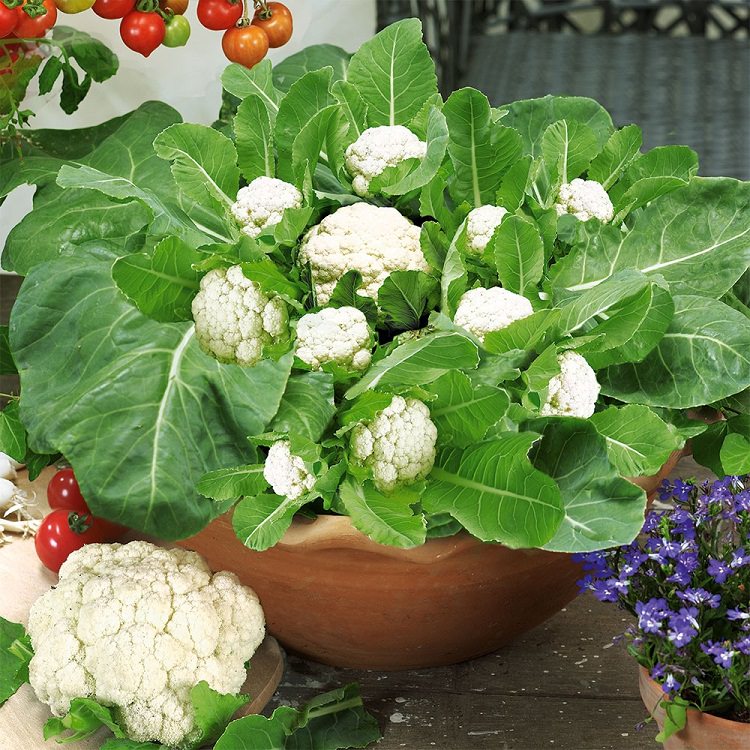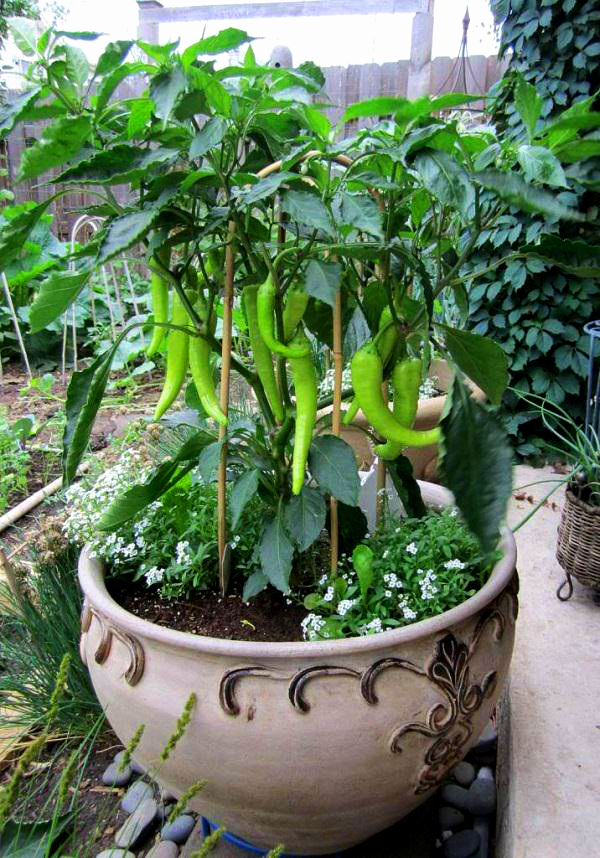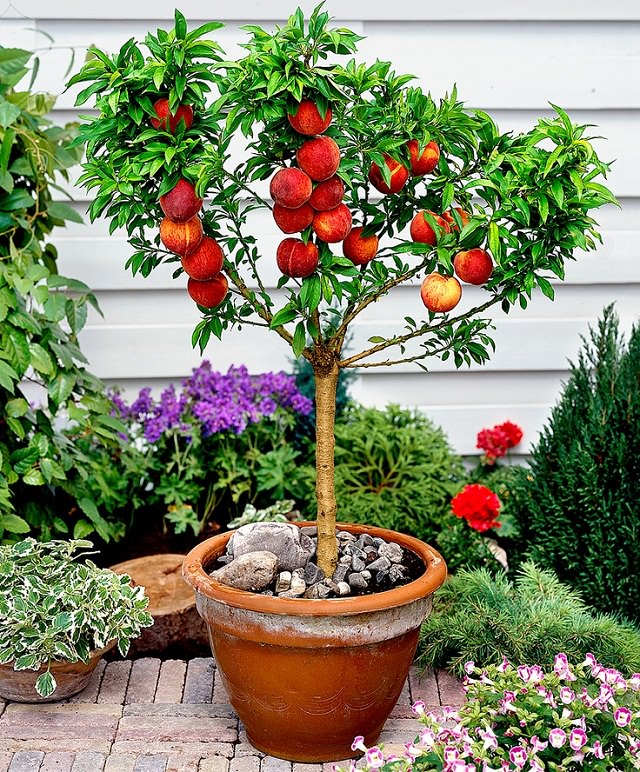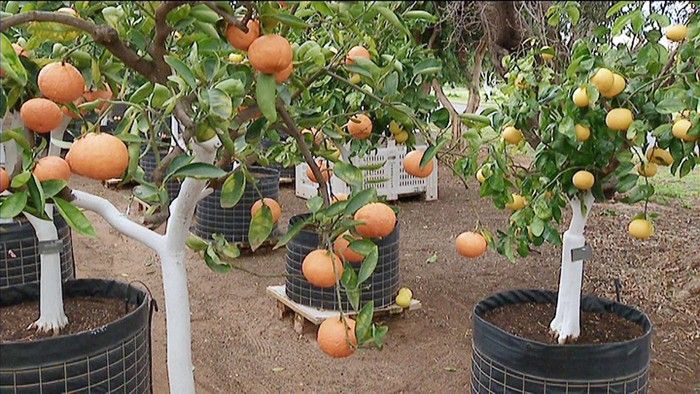We’ve found that lots of our clients are very interested in growing vegetables and fruits in planter pots and have heard many of the same questions asked over and over again—so I wanted to write this article for you all!
If you’ve ever asked me what are the best vegetables to grow in pots or how to grow vegetables in pots, this article is for you!
Most of the people who live in the Eastern Suburbs of Melbourne have access to some kind of backyard.
Although with the number of units going in, we are seeing the traditional ¼ acre block getting smaller and smaller.
This article is an add-on to this Potting article I wrote a few weeks ago. In a small space (or even for convenience) growing vegetables and fruit in a planter pot is much easier than in a yard plot
More...
Some people are not going to have a choice. They just won’t have the room to grow a full garden or maybe you are in a rental property and want to be able to take your garden to your next home. Either way, this article will cover the basics of what vegetables and fruits you can grow in planter pots in the Eastern Suburbs of Melbourne.
Urban gardening often means growing on rooftops, balconies, alleyways, sidewalks or whatever little space the gardener has available. Gardeners with physical disabilities can find that growing vegetables in containers makes them far easier to reach and tend.
This allows them to garden and enjoy "the fruits" of their labour when normally they wouldn't be able to.
It might even be difficult garden soil conditions (sand, stone, clay) that makes growing vegetables especially challenging or as in some urban areas, gardeners often find container gardening is a way to avoid sharing their harvest with the local possum or rabbit as it is easier to protect than a ground based system.
For all these reasons, we’ve noticed that growing vegetables in pots australia is a booming trend!
We love it.
Tips for Growing Vegetables in Pots
If you are new to growing vegetables in containers or have had limited success, here are a few tips to help you succeed.
There are a few ways to go about the planter idea. Firstly you need to work out what you want to achieve.
Are you going for functionality or looks? Do you want to eat what you are growing or are you doing it mainly to make the back deck look nice?
These are really important questions because making something that provides edible food is harder than growing just for looks.
Secondly, you need to remember that fruit trees are bigger than Vegetables.
If you want a host of fruit trees in your backyard you are going to need BIG planter pots. You need to keep in mind how you will move these around because believe me, they will end up being very heavy. Even the newer dwarf varieties need room to grow their root ball so you will need big, deep pots for these.
Vegetables are mainly smaller and don't need the deeper pots, so you can build long rows easily and still have them movable.
When combining several different types of plants in one pot, it's best to match plants that have a similar need for water and fertiliser
For example, rosemary, which likes hot and relatively dry conditions, would not be a good match with water-hungry cucumbers. To maximise space, you might want to combine a trailing plant with an upright plant.
Which Vegetables Can I Grow In A Planter Pot?
Potatoes, chard, lettuce, cherry and bush tomatoes (yes I know that tomatoes are a fruit but…), peppers, eggplants, summer squash, Asian greens, pole beans. And don't forget herbs!
Here are rough minimum soil depths for healthy growth. Keep in mind that you can get by with less depth if you use a self-watering planter.
10cm to 15cm: chives, lettuce, radishes, other salad greens, basil, coriander
14cm to 19cm: bush beans, garlic, kohlrabi, onions, Asian greens, peas, mint, thyme
20cm to 25cm: pole beans, carrots, chard, cucumber, eggplant, fennel, leeks, peppers, spinach, parsley, rosemary
22cm to 30cm: beets, broccoli, okra, potatoes, sweet corn, summer squash, dill, lemongrass
Some plants actually grow better when grown near a compatible companion. On the other hand, some plants don't seem to grow as well when paired with certain plants. Sometimes the reasons are simple (carrots, dill and fennel are all in the same plant family and will compete for the same nutrients) but others are more mysterious.
The list below offers good plant combinations — as well as combinations to avoid.
Good Companion Plants:
Beans, carrots, squash
Eggplant, beans
Tomatoes, basil, onions
Lettuce, herbs
Spinach, chard, onions
Bad Companion Plants:
Beans with onions and garlic
Carrots with dill or fennel
Tomatoes or squash with potatoes
Onions with beans and peas
Growing Fruit Trees In Planter Pots
Standard-sized citrus trees will grow too big for planters, so the key here is to look for dwarf varieties, which are grafted onto special roots that limit their size and speed up fruiting.
The pot needs to be large enough to house the root ball of the tree and allow the roots more growth. Adequate drainage holes are essential. The pot also needs to provide stability for when the wind is blowing across the patio.
A terracotta pot or half an oak barrel will provide extra weight and stability. But there are trade-offs to consider. Terracotta is porous, so the soil will dry out more quickly than if you use plastic. And the weight of terracotta will mean less mobility.
Most trees will grow well in a loam-based compost, so use a premium potting mix and add your own finished compost. Some pieces of broken terracotta or small gravel at the base of the pot ensures good drainage.
The final size of the tree will depend in part on how much growing space the planter pots allow. But dwarf rootstocks are now widely available and trees grafted onto such rootstock naturally grow smaller overall.
Olives and citrus are ideal for growing in pots as the size can be kept within reason and they can survive winter if they're in a relatively frost-free location. Dwarf lemon and lime trees are available. Mandarins and cumquats are also very suitable for potting. All citrus needs full sun, especially during the winter fruiting months.
Figs are very suitable to pot and can survive less watering than other fruit trees, for a time. Fig trees need firm pruning to keep their size under control. Feijoas can grow well in large pots, and you can try quinces in larger pots so long as you do rigorous winter pruning.
Looking After Fruit Trees In Planter Pots
You need a good watering regime. Plants in containers dry out far more quickly than those in the ground. You need to keep the soil moist, but not wet, at all times. Potted fruit trees should be well watered two to three times a week.
When the weather is very hot or windy, they need a good soaking each day. This is vital when your trees are flowering or setting their fruit.
The roots of trees growing in pots are more susceptible to being frozen in winter as they will spread out to the very inside edge of the container and the tree does not have the natural protection of a good deep layer of soil protecting it from the frozen surface.
If you need to keep the pot where it is and a heavy frost is forecasted, wrap the pot with several layers of hessian or a thick potato jute bag.
Next spring, refresh the top layer of soil. Carefully remove some five centimetres of old surface soil and refill with well-matured compost.
If a tree starts to outgrow its pot, either prune the roots by removing the tree from the pot, teasing apart roots and trimming them, then re-pot, or you can transplant it into a larger pot.
Hope this sheds some light on growing Vegetables and Fruits in Planters. if you have any questions just give us a call at the yard.
Until next time!
Cheers.
